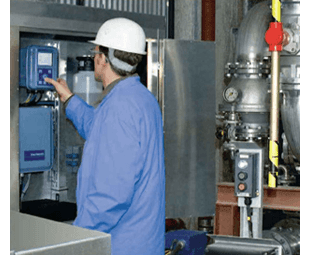Strong globalization puts the chemical industries under increasing competitive and cost pressures. Variations in raw material quality require maximum production flexibility. Furthermore, growing environmental awareness calls for implementation of radical measures. And still a consistently high product quality is expected and essential for a company’s survival.
Characterized by a large variety of processes, few of the chemical industries are exactly alike. With our extensive know-how and involvement in both unit operations and processes, we have developed solutions that enable our customers to remain competitive. From storage and raw material preparation to end product and waste treatment, our instruments and analyzers play a role of ever increasing importance.











